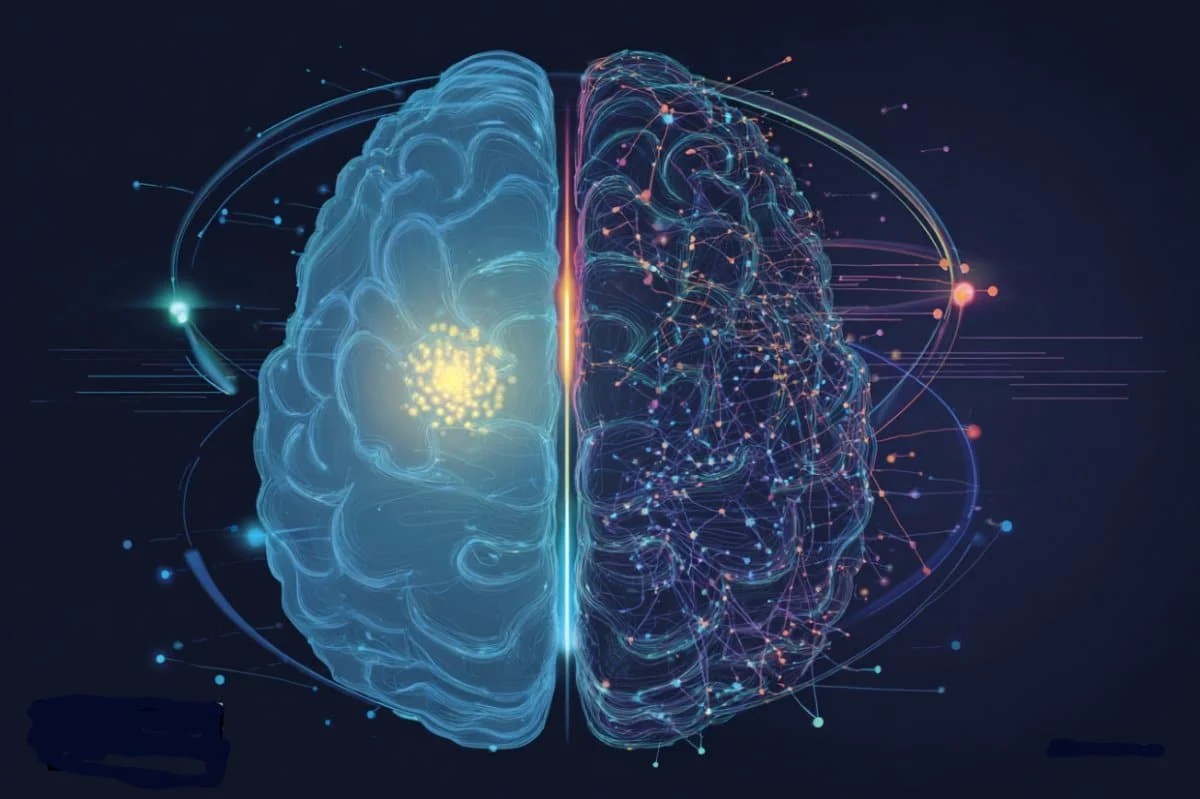AI Models Form Theory-of-Mind Beliefs
Researchers showed that large language models use a small, specialized subset of parameters to perform Theory-of-Mind reasoning, despite activating their full network for every task. This sparse internal circuitry depends heavily on positional encoding, especially rotary positional encoding, which shapes how the model tracks beliefs and perspectives. Because humans perform these social inferences with only a tiny fraction of neural resources, the discovery highlights a major inefficiency in current AI systems. The work opens a path toward future LLMs that operate more like the human brain—selective, efficient, and far less energy-intensive. ….[READ]
Publisher: Source link











